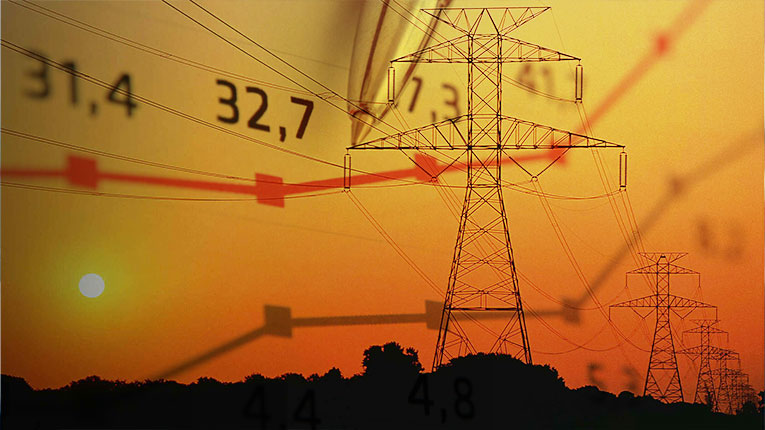Romania put into operation last year an electricity production capacity 10 times higher than in 2022, the estimates being that at the end of 2024 the increase will be even higher, said the Minister of Energy, Sebastian Burduja.
“Last year, Romania put into operation an electricity production capacity almost 10 times higher than in 2022. Another 624 MW for the national energy system, to which more than 1,000 MW is added to those who became prosumers in 2023,” said the minister, according to Agerpres.
Thus, in 2023, the new power plants put into operation included: 496 MW solar, 72 MW wind and 56 MW hydrocarbons. The total is 624 MW of installed power, new production capacities now available to the national energy system. Compared to 2022, the total figure is almost 10 times higher (44 MW hydrocarbons and 25 MW solar were put into operation then).
Also, if at the end of 2022 there were only 40,171 prosumers, with a cumulative installed capacity of 417 MW, at the end of 2023 their number exceeded 100,000, with an installed capacity that, most likely, exceeded 1,500 MW, more than the installed power of the Cernavodă nuclear power plant, the press release states.
“The fact that in 2023 the new capacities put into operation were almost 10 times higher than in the previous year shows that Romania is increasingly attractive for investors in the energy sector, especially in the green energy segment. We expect that at the end of 2024 the increase to be even higher, given that we have managed to complete the financing of projects from investment 1 – PNRR, which totals almost 1,700 MW. I expect that a large part of these investments will be completed by the end of the year, based on the commitment of the beneficiaries. Add the investment in the new gas plant at Iernut, a project stalled for years, with a real chance of commissioning in December 2024, which will add an installed capacity of 430 MW to the national energy system. Plus a series of private investments , which did not call for government support, so the balance sheet for the current year will be even better,” the Minister of Energy said.
He also indicated that, if in 2023 Romania was a net exporter of electricity, after many years in which it relied more on imports, through these new investments it is even better positioned to reach its potential as a regional leader and energy hub for the entire region.
“This means more production, so the potential of reducing prices and bills for Romanians, but also greater competitiveness for the national economy, new jobs and accelerated development”, pointed out Burduja.
The cited source also points out that the Ministry of Energy is approaching the completion of the procedures for the implementation of Contracts for Difference (CfD), which will support, through two successive auctions, in 2024 and 2025, investments in the production of solar and wind energy with a total installed capacity of 5,000 MW.
“The reference price will be fixed for 15 years, in a transparent and competitive way, offering predictability to investors. The new capacities will mean even more electricity produced in Romania,” the press release states.
Regarding prosumers, the growth of this segment was spectacular in 2023. ANRE data for December 31, 2023 are not yet available, but the number of prosumers on November 1 exceeded 101,000, with an installed capacity of 1,298 MW. ANRE estimates show that, most likely, the power installed at prosumers exceeds 1,500 MW, currently.
“The phenomenon of prosumers is in line with what we want for the future of the Romanian energy sector: decentralization, decarbonization, digitalization. Prosumers effectively build this future in 3D, and my commitment as Minister of Energy is to support prosumers. They strengthen the resilience of the electricity supply at the level of households in Romania, they support the green transition process and achieve a high degree of digitization, which allows better management at the level of each point of consumption,” said Sebastian Burduja.
